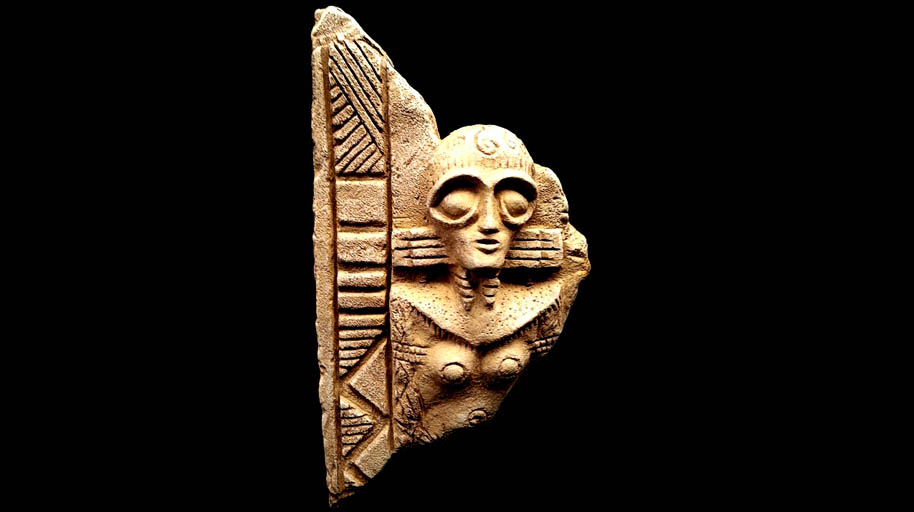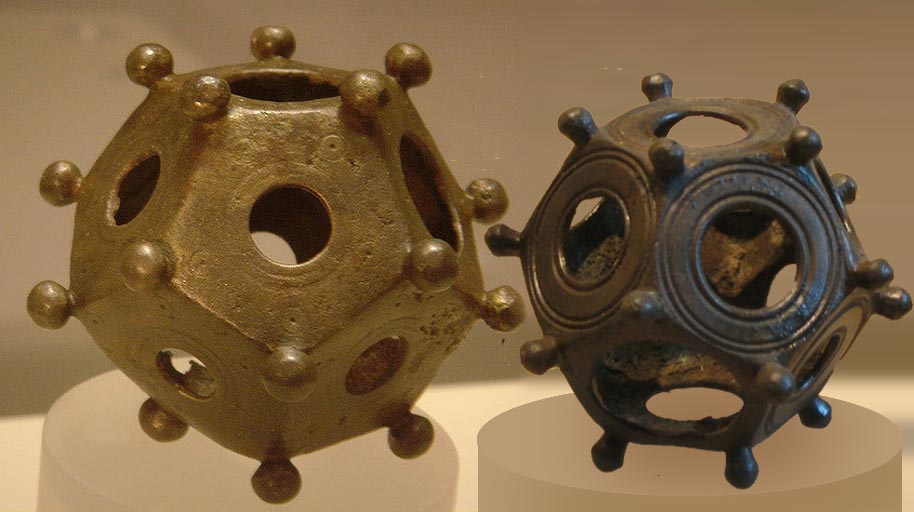Gold griffin-headed Armlet
Amazing Collections
Purchase beautiful replicas of ancient and recent past artefacts found during archaeological excavations from around the globe. Experience our global heritage in your own home by ordering from our extensive Collections.

Materials
The replicas are made from a wide range of materials that are selected by the client. Look at our range of eye popping materials in the catalogue. Each replica can be made from most of the materials available in the catalogue. Latest additions include Titanium, Pink Granite and Meteorite.
Find out more ...
Inanna
Ancient-astronaut-Inanna- This object was found in the Iran museum and was made famous by Zechariah Sitchen. It presents Inanna with strange goggles and helmet which some believe, and most prominently Sitchen, that this depicts some kind of ancient astronaut.
Find out more ...
Curious Artifacts
In 1739. archaeologists found a most curious thing: a bronze dodecahedron, empty on the inside, and quite intricate in design. It has since been dated to the 2nd and 3rd century, to Roman times (and was likely created by the Romans). Why? We don’t really know. The objects range from 4 to 11 cm, so they’re quite small (1.5 to 4.3 inch) and they were found in several places across the Roman Empire, like Great Britain, Netherlands, Germany, Luxembourg, Austria, Switzerland, France, Belgium, and Hungary – mostly in central and Western Europe. No historical or literary mention of these objects was recorded, so when the first ones were discovered they were quite puzzling.
Find out more ...